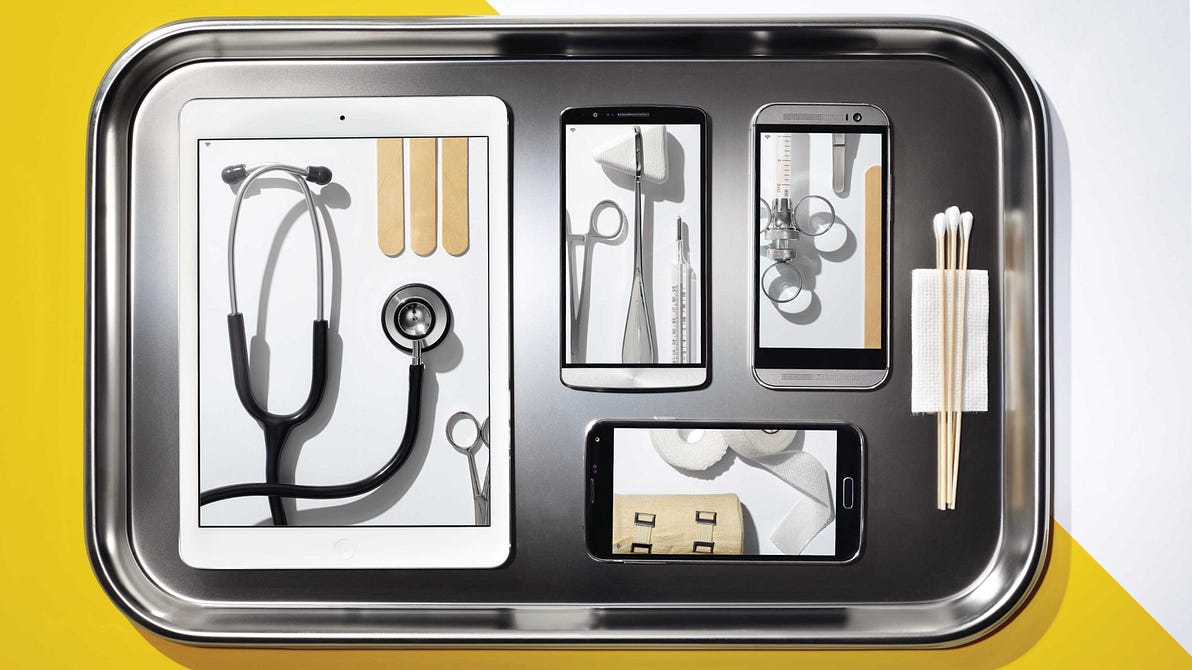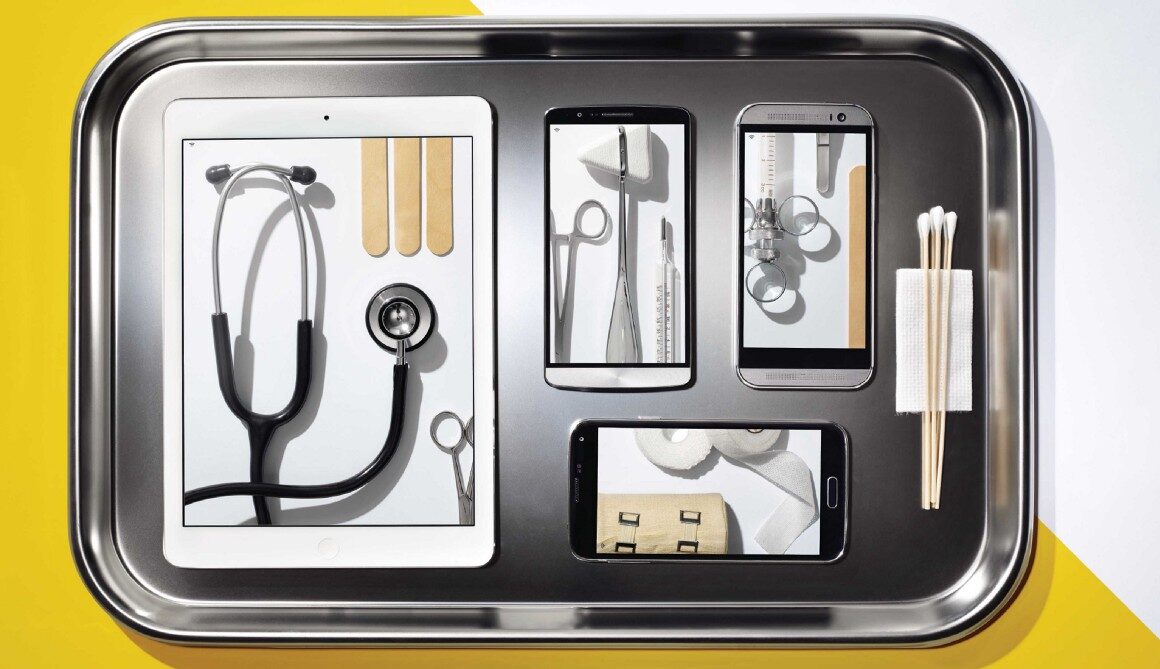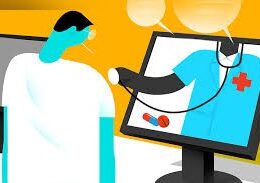With the combination of telemedicine and an increased emphasis on primary care and prevention, Kaiser Permanente members in California and the mid-Atlantic region are :
(1) 14% less likely to die from stroke and
(2) 43% less likely to die from heart disease than are people in the United States as a whole.
This is an excerpt of the publication below, focusing on the theme above.
For the full version of the original article, please refer to the original publication.
The Telehealth Era Is Just Beginning
Harvard Business Review
by Robert Pearl, Brian Wayling
From the Magazine (May–June 2022)
Excerpt by
Joaquim Cardoso MSc
Health Revolution Institute
Telehealth Revolution Unit
April 16, 2022
What is the context?
- Contrary to what many people think, virtual health care, also known as telemedicine or telehealth, is much more than a cheap digital knockoff of in-person care.
- When used appropriately, it improves patient health, reduces costs, and makes care more equitable and accessible to anyone with a smartphone.
- Its use has soared during the Covid era — and the authors argue that providers around the world should aggressively strive to tap its full potential even after the pandemic abates.
What is the message?
In this article we take an inside look at two of telemedicine’s earliest adopters and most effective users:
- Kaiser Permanente, where one of us (Robert) was CEO; and
- Intermountain Healthcare, where the other (Brian) is an executive director of telehealth services.
For more than a decade these integrated health systems have used virtual care platforms to improve preventive medicine, care coordination, chronic disease management, and affordability for more than 13 million patients.
What are the 5 opportunities?
- Opportunity 1: Reduce Expensive and Unnecessary Trips to the ER
- Opportunity 2: Reverse America’s Chronic-Disease Crisis
- Opportunity 3: Address Disparities in Health Care
- Opportunity 4: Make Specialty Care Faster and More Efficient
- Opportunity 5: Provide Access to the Best Doctors
What is the business case?
Full implementation of five opportunities would:
- improve clinical quality nationwide by 20%,
- increase access to care by 20%, and
- reduce health care spending by 15% to 20%.

Opportunity 2: Reverse America’s Chronic-Disease Crisis
Chronic diseases are the leading cause of death and disability in the United States, accounting for seven in 10 deaths.
Chronic diseases are the leading cause of death and disability in the United States, accounting for seven in 10 deaths.
Many patients hospitalized with or killed by Covid-19 had conditions such as obesity, chronic obstructive pulmonary disease, hypertension, diabetes, cardiovascular disease, and chronic kidney disease.
Even before the pandemic the United States spent $214 billion a year on medical interventions for preventable complications from events such as heart attacks and strokes and lost $138 billion in worker productivity.
Even before the pandemic the United States spent $214 billion a year on medical interventions for preventable complications from events such as heart attacks and strokes and lost $138 billion in worker productivity.
A leading cause of stroke, and a major contributor to heart disease and kidney failure, is hypertension, or high blood pressure. This chronic condition is poorly controlled 50% of the time in the United States.
That means half of all people with hypertension remain at an elevated risk of severe complications.
A leading cause of stroke, and a major contributor to heart disease and kidney failure, is hypertension, or high blood pressure. This chronic condition is poorly controlled 50% of the time in the United States.
For members of large multispecialty medical groups such as Kaiser Permanente, high blood pressure is a much more manageable problem. KP consistently achieves a control rate above 90%.
It’s not that it has better doctors or medications than other providers do; the biggest difference is frequency of disease measurement and timeliness of treatment-factors facilitated by virtual care.
For members of large multispecialty medical groups such as Kaiser Permanente, high blood pressure is a much more manageable problem. KP consistently achieves a control rate above 90%.
It’s not that it has better doctors or medications than other providers do; the biggest difference is frequency of disease measurement and timeliness of treatment-factors facilitated by virtual care.
The traditional approach to managing chronic disease is intermittent and episodic.
Once a doctor makes a diagnosis, he schedules follow-up office visits on a routine basis, usually every four to six months.
Most Americans are used to this cadence, but it makes no sense.
The traditional approach to managing chronic disease is intermittent and episodic. Most Americans are used to this cadence, but it makes no sense.
Some patients with well-controlled chronic diseases might not need to see their doctor for a year, while others would benefit from monthly evaluations.
But traveling to the doctor’s office once a month, often for nothing more than a blood-pressure check, is time-consuming, inconvenient, and for many people expensive.
Some patients with well-controlled chronic diseases might not need to see their doctor for a year, while others would benefit from monthly evaluations.
But traveling to the doctor’s office once a month, often for nothing more than a blood-pressure check, is time-consuming, inconvenient, and for many people expensive.
Virtual visits can be scheduled more frequently, and they’re less time-consuming for both patients and physicians.
Blood pressure can be checked at home with a device digitally connected to the electronic health record system.
Virtual visits can be scheduled more frequently, and they’re less time-consuming for both patients and physicians.
Blood pressure can be checked at home with a device digitally connected to the electronic health record system.
The combination of telemedicine and wearable devices allows for more-frequent medication adjustments, resulting in faster and better disease control and fewer complications at a lower total cost.
The combination of telemedicine and wearable devices allows for more-frequent medication adjustments, resulting in faster and better disease control and fewer complications at a lower total cost.
With the combination of telemedicine and an increased emphasis on primary care and prevention, Kaiser Permanente members in California and the mid-Atlantic region are 14% less likely to die from stroke and 43% less likely to die from heart disease than are people in the United States as a whole.
With the combination of telemedicine and an increased emphasis on primary care and prevention, Kaiser Permanente members in California and the mid-Atlantic region are : (1) 14% less likely to die from stroke and (2) 43% less likely to die from heart disease than are people in the United States as a whole.
Superior clinical outcomes don’t just save lives; they save money, too.
Each year 805,000 Americans suffer a heart attack. The estimated cost of care afterward was $21,500 as of 2012, the most recent year for which nationwide data is available; it is undoubtedly higher today.
If 40% of attacks could be avoided through telemedicine and consistent screening protocols, nationwide saving would total at least $6.9 billion annually.
If 40% of attacks could be avoided through telemedicine and consistent screening protocols, nationwide saving would total at least $6.9 billion annually.
Originally published at https://hbr.org on May 1, 2022.












